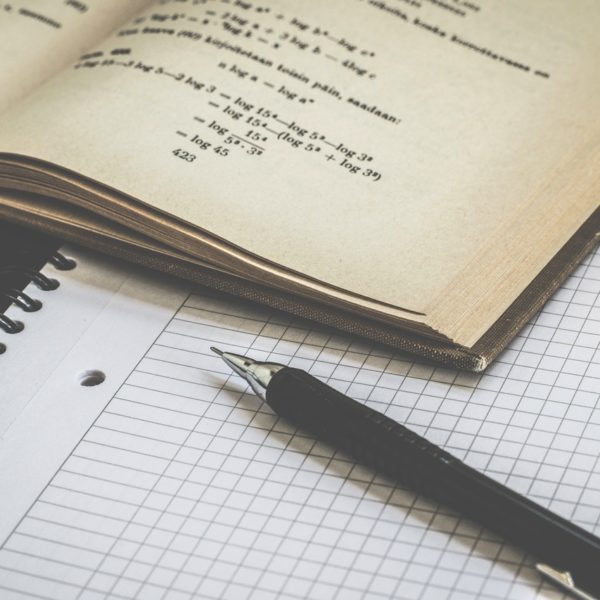J-Pole Antennas for Ham Radio
If you’ve read any of my other posts, you know I love to build, tinker, and hack at stuff. Antenna-building is something I’ve not made a foray into, until recently. I have a dual-band handheld radio for the 2m and 70cm bands. The so-called rubber-duck antenna that comes with it performs ok but it isn’t ideal. I could get into my local repeaters which are about 10mi away with enough power to break the squelch, but my audio was weak…


